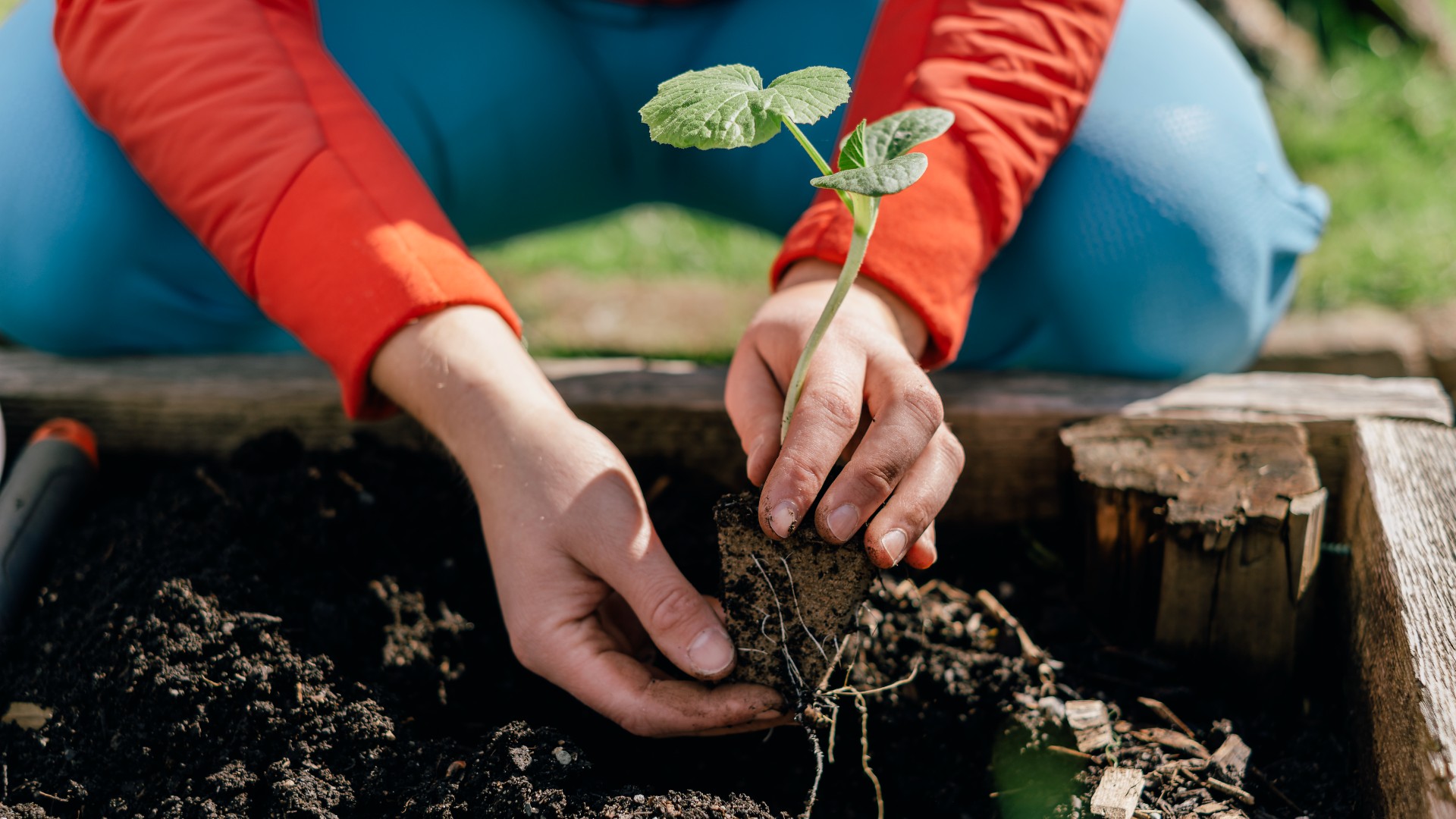Woman is 1st to survive infection with deadly 'blackleg' bacteria she caught while gardening bare-handed
A woman survived a rare infection that had previously been reported in only two other humans, both of whom died from the disease.
A woman in Australia has become the third known person to be infected with a species of bacteria that normally causes deadly "blackleg" disease in cattle and sheep — and she's the only one to survive, according to a new case report.
After gardening without gloves, the 48-year-old woman experienced nausea and vomiting for three days, and she also developed pain in her lower-right abdomen that got progressively worse. She went to the hospital, where blood tests showed that her kidneys and liver were failing and she had a buildup of lactic acid — a substance produced by muscles during high-intensity exercise and an indicator of septic shock — in her bloodstream. She was also experiencing diarrhea.
Although there were no signs of inflammation or infection when doctors did a computed tomography (CT) scan of her abdomen, they prescribed her antibiotics as a precaution.
Five hours later, her abdominal pain grew so severe that the doctors ran another CT scan. This time, it was clear that her large intestine was inflamed, as was the cecum, the area where the small intestine meets the large intestine, so she was admitted to intensive care. Two days later, a blood test revealed the culprit behind the rampant inflammation: a deadly species of bacteria called Clostridium chauvoei.
Related: CDC health warning issued after 5 killed by 'flesh-eating' bacteria across East Coast
These bacteria normally live in soil as spores, which, if ingested or inhaled, enter the bloodstream and travel to the muscle tissue. When the oxygen levels in the muscles decrease — for instance, during exercise — the spores germinate and produce toxins, including those that destroy blood cells and enzymes that break down DNA.
In cattle, the normal host of C. chauvoei, this cellular destruction is what leads to the characteristic appearance of "blackleg." In the recent case, the woman was gardening with her bare hands, which were covered in scratches from a pet cat. That's likely how she got infected, the case report authors wrote.
Get the world’s most fascinating discoveries delivered straight to your inbox.
The team prescribed her antibiotics to kill the bacteria, as well as hyperbaric oxygen therapy (HBOT) — a procedure in which the patient is put in a high-pressure chamber that contains only oxygen — to stop the bacteria from growing, since the microbes normally live in environments without oxygen, and reduce the related tissue death. With this treatment, her kidneys and liver started working again, and her lactic acid levels fell enough for her to be discharged from hospital.
However, a few days later, her abdominal pain and diarrhea returned. Another CT scan revealed holes in her large intestine, which were later confirmed to be tissue death of the intestines, medically known as necrotizing enterocolitis. Consequently, doctors removed the right side of her large intestine and installed a stoma, which involves redirecting the large intestine through a hole in the abdomen so that feces can still leave the body.
Two-and-a-half weeks later, the woman's health was back on track, and after three months, she was able to have her stoma removed.
Until now, only two other people had ever been infected with C. chauvoei, and both died as a result. One person had a weakened immune system, and the other had a serious soft-tissue infection called gas gangrene that could not be effectively treated.
The case report authors suggested that the woman in Australia survived because she was treated early with antibiotics, had prompt surgery and didn't have any other "significant" health conditions. HBOT may have also helped, although the doctors wrote that they didn't have enough evidence to confirm this.
The case report was published Aug. 16 in The Medical Journal of Australia.

Emily is a health news writer based in London, United Kingdom. She holds a bachelor's degree in biology from Durham University and a master's degree in clinical and therapeutic neuroscience from Oxford University. She has worked in science communication, medical writing and as a local news reporter while undertaking NCTJ journalism training with News Associates. In 2018, she was named one of MHP Communications' 30 journalists to watch under 30.



